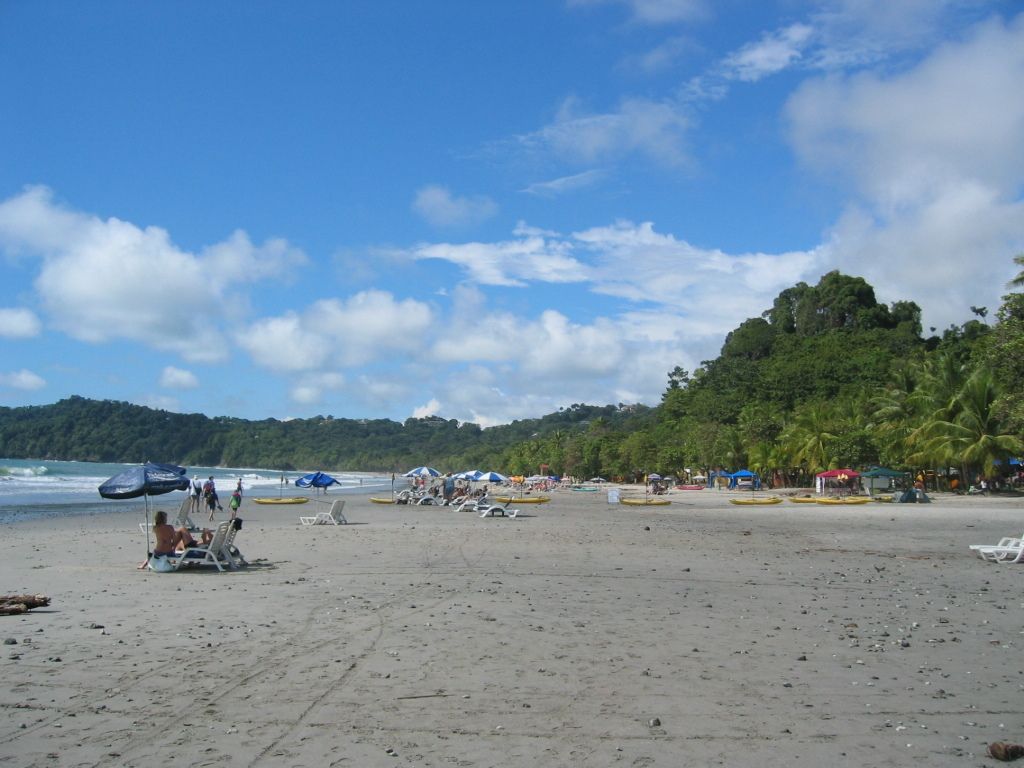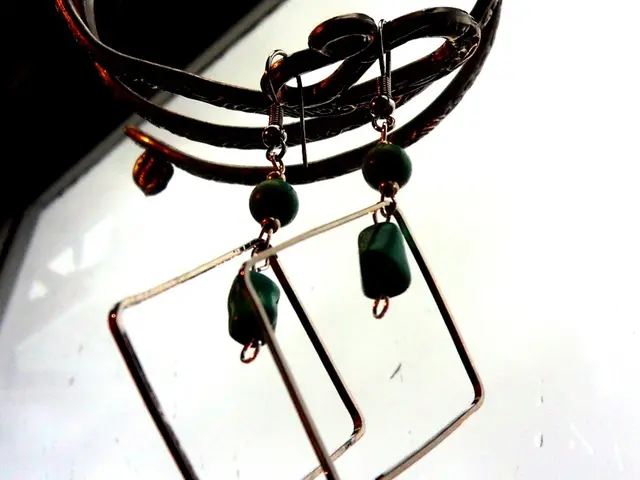Human activities on farms weaken bone density in cadavers
In the vast span of human existence, it was movement that ruled our days. Our forebears roamed the earth, hunting, gathering, and adapting to the challenges of a nomadic lifestyle. But all that changed when we decided to settle down and farm.
Agriculture brought comfort and bounty, enabling our ancestors to grow crops instead of constantly searching for food. Yet, as we dug our roots deeper into the soil, something unexpected happened. According to a groundbreaking study from the University of Cambridge, our skeletons started to deteriorate.
Researchers found that human bone mass has witnessed a steep decline of about 20%, after the agricultural revolution, a reduction starkly similar to the difference between modern humans and orangutans. This disconcerting discovery challenges long-held beliefs about human evolution and health.
The team at the University of Cambridge's PAVE Research Group utilized high-resolution X-ray imaging to analyze human femur bones (thigh bones) from different time periods. Their findings revealed a stark difference:
- Hunter-gatherers (7,000 years ago) had bones with significantly higher density and resistance to fractures.
- Farmers (1,000 years ago) exhibited thinner, more fragile bones, despite living in the same region with similar genetic backgrounds.
The researchers focused on the trabecular bone, the spongy, honeycomb-like structure inside our bones that is most vulnerable to fractures. It was discovered that early humans had a higher ratio of bone to air, meaning their skeletal structure was fortified to withstand heavy loads and constant movement.
"In the hunter-gatherer bones, everything was thickened," said co-author Colin Shaw. "The stress and strain of daily life caused micro-damage, which triggered bones to grow back stronger."
This study supports the idea that our skeletons are highly adaptable, shaped by our lifestyle and physical activities. It also suggests that exercise and movement, rather than diet or genetics, plays a crucial role in bone strength.
For decades, we've been told that calcium and a nutritious diet are the keys to strong bones. But this study presents a different perspective: exercise, not diet, may be the most vital factor in preventing bone loss. Researchers eliminated other potential explanations for the decline in bone density, such as changes in diet or body size. Instead, they concluded that the lack of rigorous physical activity was the primary culprit.
This revelation holds significant implications for modern health. Inactivity is at an all-time high, with many people spending the majority of their days sitting at desks or in cars. If our bones have already been weakening for thousands of years, what happens when we move even less?
"You can absolutely morph even your bones so that they deal with stress and strain more effectively," said Shaw. "Hip fractures, for example, don't have to happen simply because you get older. If you build bone strength earlier in life, you can reduce your risk of fractures and osteoporosis."
This research supports the idea that physical activity, especially weight-bearing exercises, is essential for long-term bone health. It also raises questions about how modern sedentary lifestyles might be accelerating bone deterioration at an even faster rate than in previous centuries.
The most astonishing discovery from the study is that even 7,000-year-old hunter-gatherers pale in comparison to our earliest ancestors. Researchers believe that hominids from 150,000 years ago had even denser and more durable bones than the foragers they studied. This indicates that bone loss isn't merely a product of modern life, it's been happening for millennia, and our inactivity and reliance on technology may be making the problem worse at an unprecedented rate.
The takeaway? Movement matters. Engaging in weight-bearing activities like walking, running, and resistance training isn't just good for fitness-it's crucial for keeping your bones strong. Bone loss is preventable. Maintaining an active lifestyle can significantly reduce the risk of fractures and bone-related diseases. Our bodies are built for movement, and the more we challenge our bones with physical activity, the stronger they will remain, regardless of our genetics or diet.
So, while farming may have allowed civilization to flourish, it may have also made us more fragile than our ancestors. And in today's world of convenience and automation, the real challenge is to ensure that we don't let our bones become weaker than ever before.
Sources: EurekAlert, Proceedings of the National Academy of Sciences
- The evolution of science has revealed that our ancient ancestors, during the hunter-gatherer era, had denser bones due to their active lifestyles, a feature that has been declining over time due to the rise of technology and sedentary living.
- Modern technology, with its automation, has brought about comfort and convenience in our daily lives, but a recent study suggests that it may be accelerating the deterioration of our bones, contributing to bone-related diseases such as chronic kidney disease.
- As our understanding of health and wellness grows, it is becoming increasingly apparent that exercise and movement, including weight-bearing activities like walking, running, and resistance training, play a crucial role in preventing chronic diseases like chronic-kidney-disease, by preserving bone strength and reducing the risk of fractures.
- Nutrition, once believed to be the prime factor in maintaining strong bones, may be overshadowed by exercise as researchers have found that regular physical activity, not diet, could be the foremost factor in preventing bone loss.
- In a world where aging and the rise of chronic diseases pose significant challenges, it is essential to prioritize fitness-and-exercise, and actively promote healthy aging, by incorporating movement as a key component of everyday life, to combat the adverse effects of technology on our health and well-being.








